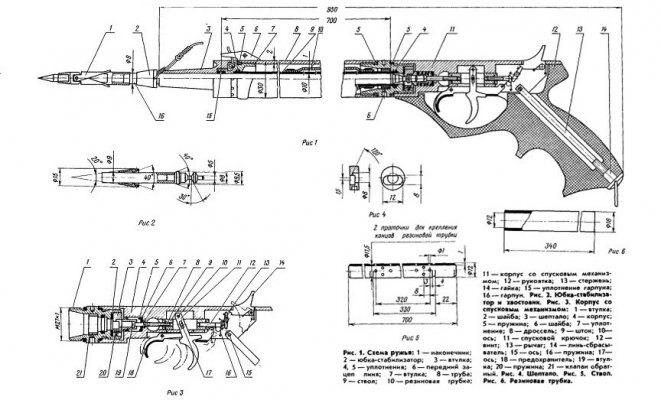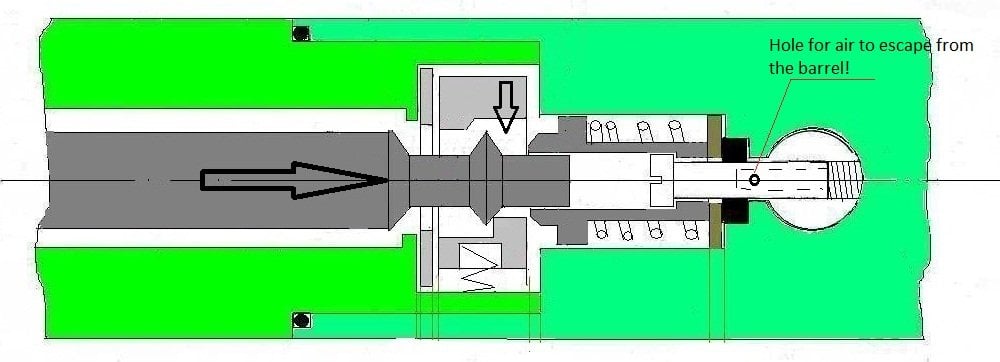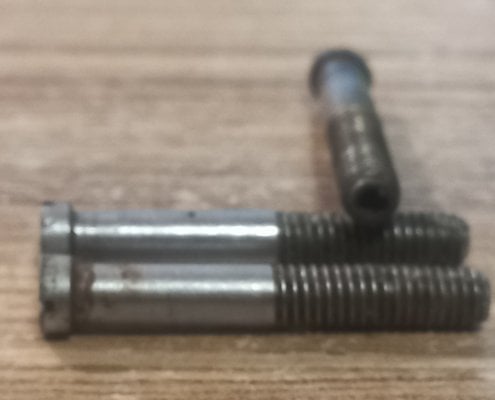Adjustment diagram showing how the small bolts in the trigger slide can provide a small delay in the trigger pull discharging the RPS-3, in which time the line release blocking cam can be moved to free the sprung loaded line release finger. When the spear leaves the gun the shooting line can then overcome the wire torsion biasing spring on this lever and tip the line release finger forwards which will cause it to disappear into the frame of the gun's rear body. If it is not free to move then the shooting line will probably break and the spear will be lost as the 9 mm diameter spear has considerable momentum. After the shot the line release finger returns to its usual position sticking up at the rear of the gun, as these Soviet-era guns carry their line wraps along the top of the gun body.

Last edited:






